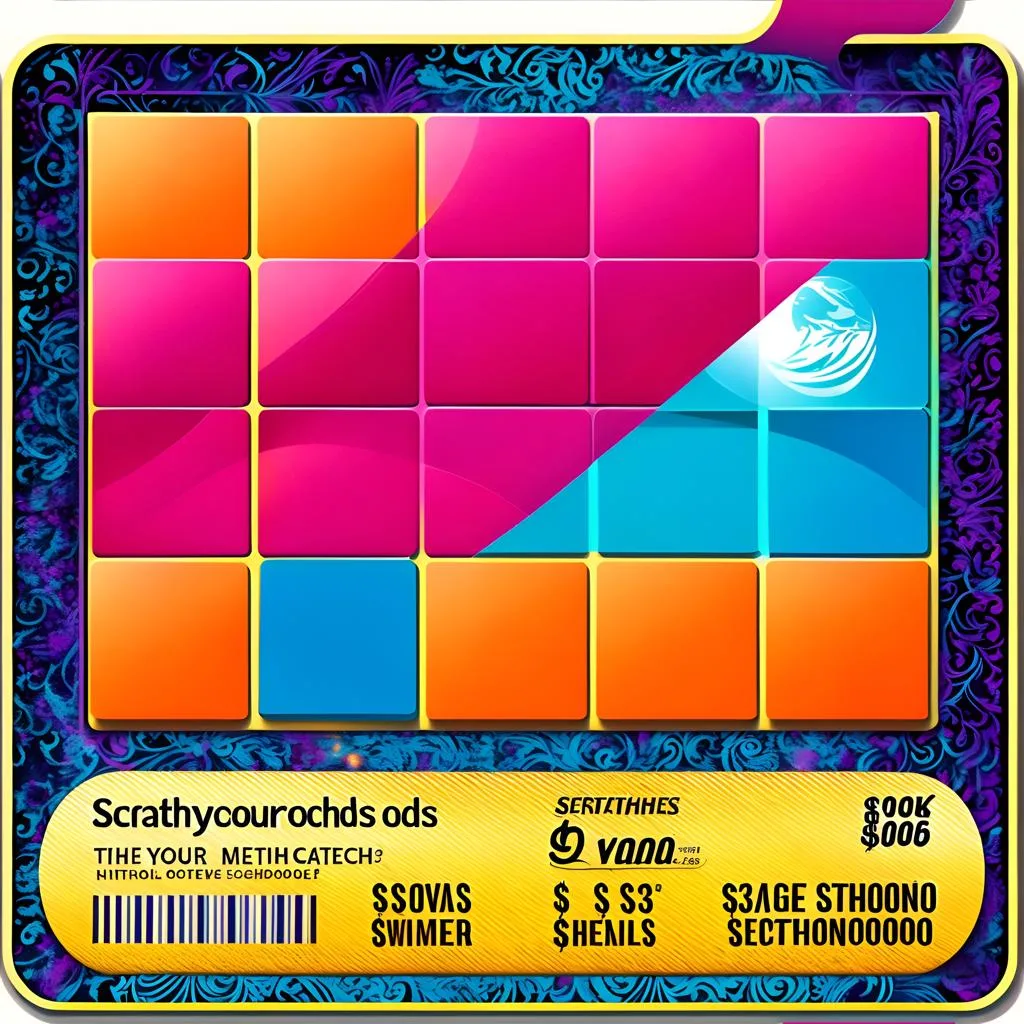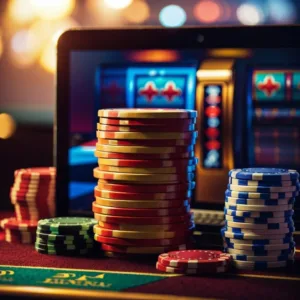
Scratchcards have become a popular game played by millions of people every day, with some fortunate players becoming instant millionaires. However, one man argues that scratchcards aren’t entirely random and has even developed a system to prove it: The Singleton Method.
In 2003, Mohan Srivastava, a geological statistician in Toronto, discovered a flaw in the manufacturing of scratchcards. He realized that the tickets could not be entirely random since manufacturers needed to control the number of winning tickets. He found that if a number appeared only once on the visible side of the card, it would almost always appear under the latex coating that needed to be scratched off. He called these numbers “singletons.”
The Singleton Method
Srivastava’s method was easy to use. You just needed to find cards with a few singletons on them, and cards with three singletons on the same row were almost always a winning ticket. While it didn’t guarantee a prize, it increased the odds of winning significantly. Srivastava found that tickets he selected had a 90% chance of being winners.
He reported his findings to the Ontario Lottery and Gaming Corporation, causing the tic-tac-toe game he studied to be pulled. However, most scratchcards in North America are produced by just a few companies, so the bad practice extended to other scratchcards as well. Srivastava continued to test his method with other similar scratch lottery games and found that the same patterns were evident.
Why Can’t Scratchcard Companies Fix the Flaw?
According to Srivastava, scratchcard companies can’t fix the flaw because they use algorithms to ensure the correct number of winning cards are produced. If they didn’t, they couldn’t control the number of winning tickets. However, these algorithms give a way in for those clever enough to exploit them, such as Srivastava.
How to Use the Singleton Method
If you want to use the Singleton Method, you should know that it only works on extended play scratchcards, where you scratch off numbers and match them with numbers already shown. You also need to be able to see the fronts of scratchcards before you buy them, which isn’t always possible. There’s no guaranteeing how much you’ll win, so you could go to the effort of identifying and purchasing a winner, only to find that you’ve only won a small amount.
When Is the Singleton Method Possible to Use?
Overall, the Singleton Method is still possible to use, providing the situation is right. So why not try it the next time you head to the store to buy a scratchcard? Keep in mind that the method may not work for all types of scratchcards, and it is essential to be able to see the front of the card before purchasing it.
Conclusion
Scratchcards continue to be a popular form of entertainment for many people, with some lucky winners becoming instant millionaires. However, the discovery of the Singleton Method by Mohan Srivastava has shown that these games may not be as random as they appear. By using this method, players can potentially increase their odds of winning, though it is essential to remember that there are no guarantees.
As with any form of gambling, it is crucial to play responsibly and be aware of the risks involved. While the Singleton Method may offer an advantage in certain situations, it is not a foolproof way to win. Ultimately, scratchcards should be enjoyed as a fun and exciting form of entertainment, rather than a guaranteed path to riches.




